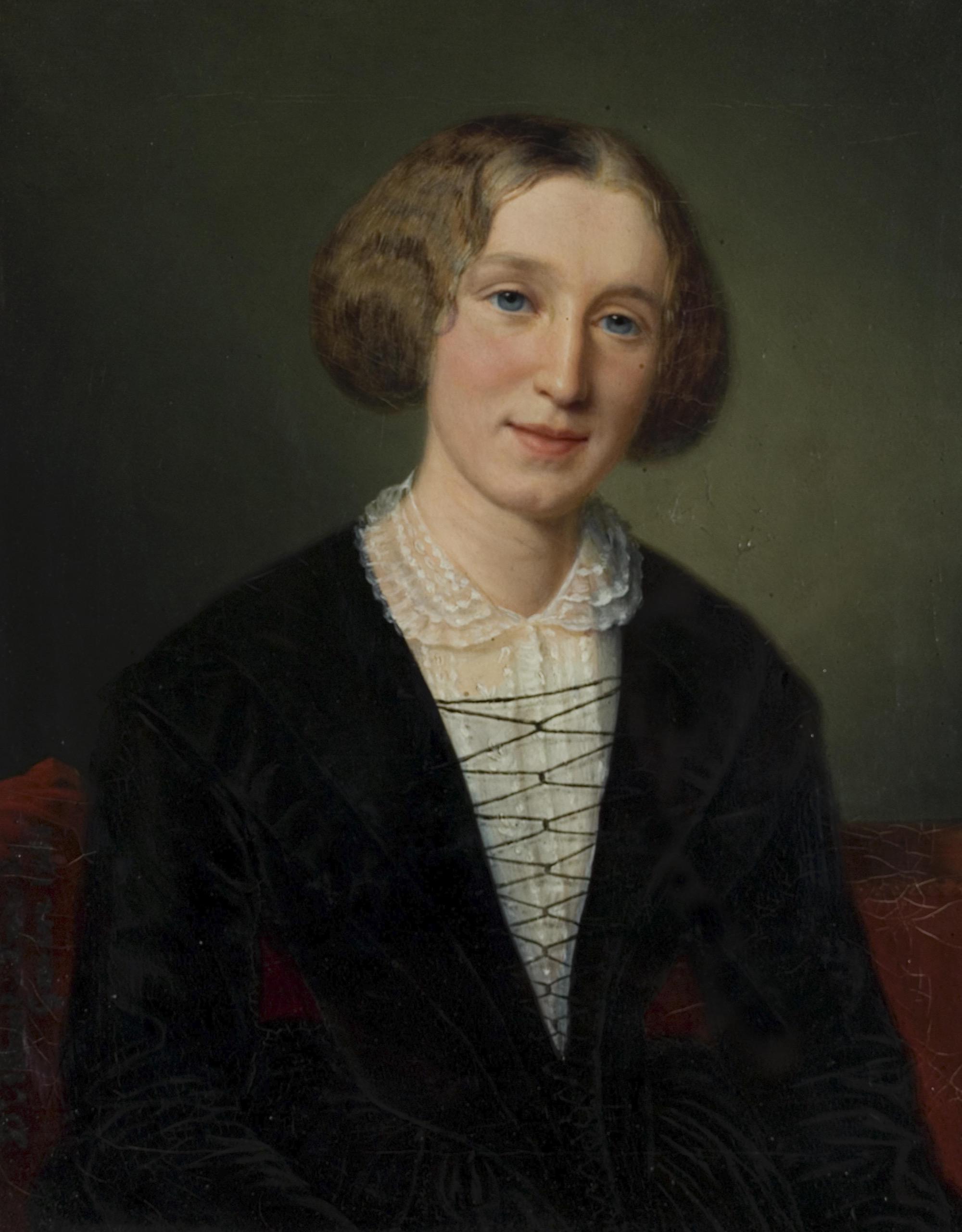If you like reading about philosophy, here’s a free, weekly newsletter with articles just like this one: Send it to me!
We citizens of affluent societies, living safely and shielded inside our families, our workplaces, our ever repeating daily routines, often lose the sense of how wide the stage is upon which a human life can be played out, and what an adventurous and magical place our Earth really is.
In the past two months, we have been visiting hermit lives, and we have met many different kinds of hermits: young US Zen practitioner Jane Dobisz, voluntary castaway Tom Neale in his Pacific island paradise, and the sage who wrote the Chinese classic Dao De Jing right before disappearing into the clouds on the back of an ox.
Today, we will look at three more, who could not have been more different from each other; and yet, there is a kind of longing, a love for solitude, that deep down unites these three lives and connects them to the millennia-old hermit dream. Sometimes, the life of hermits seems to take place somewhere very far away, as in the case of Siberian hermit Agafia Lykova. At other times, one feels that just a tiny shift in circumstances, an accidental choice that might have played out in a slightly different way, is all that would be needed to gently push our lives out of their rut and into the footsteps of someone like Mauro Morandi, caretaker of his own little island off the coast of Sardinia.

Recommended for you:
Robert Rodriguez on Hermits
Robert Rodriguez is the author of The Book of Hermits and founder and editor of the website Hermitary. In this interview, he talks to us about the history of eremitism and the nature of hermit life.
The Lykov family
In the summer of 1978, a Russian helicopter pilot spotted a cabin in a remote and inaccessible part of the Siberian taiga. 1000 metres (3400 ft) up a mountain, 240 km (150 miles) away from any human settlement, a little hut stood surrounded by cultivated fields. A group of geologists, who were doing research in the area, went down to meet the inhabitants of the hut.

It turned out that the family had fled their home village of Lykovo, a place with now 87 inhabitants and one street, in 1936, after one of their members was killed by Soviet soldiers. They Lykovs were Old Believers, a sect of the Orthodox church …
Read the full article which is published on Daily Philosophy (external link)






